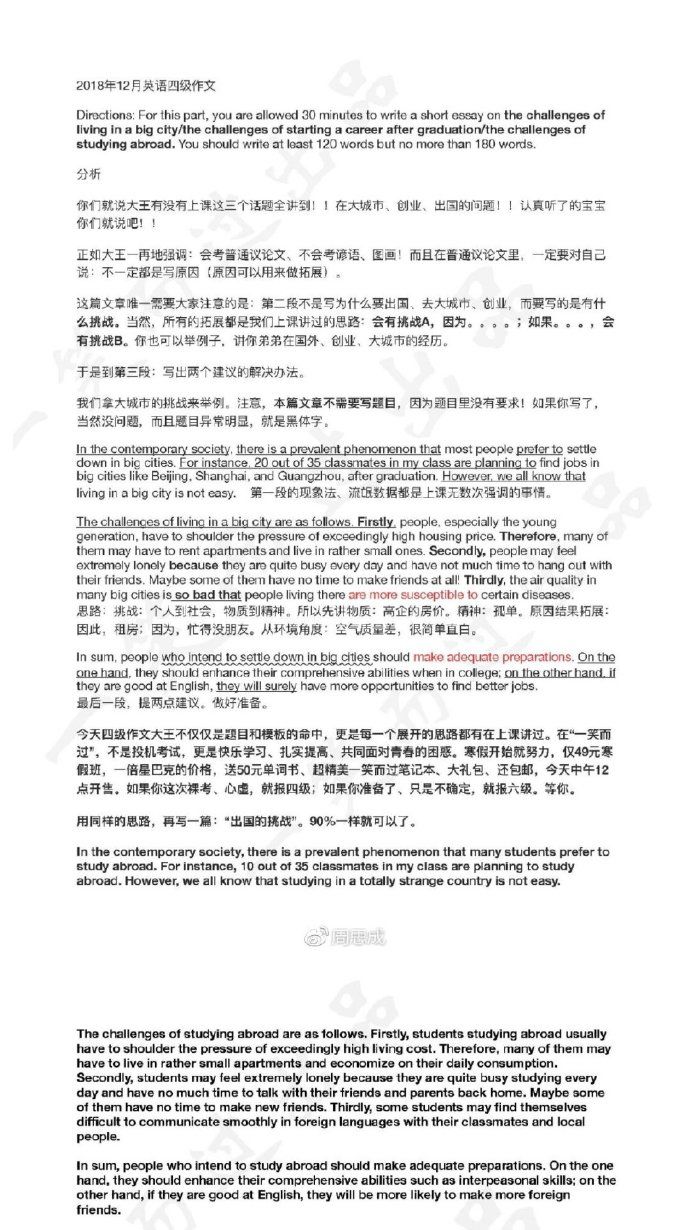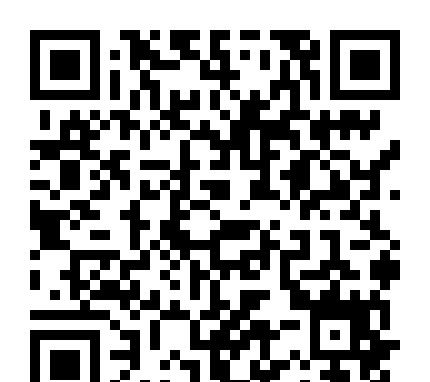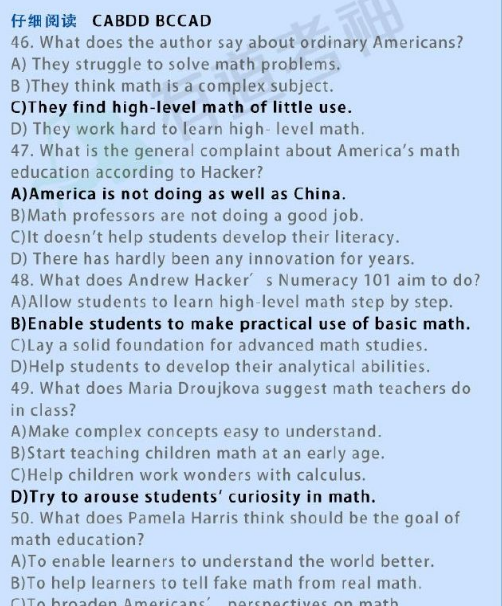[Part1]Photographs
|
1.Sentences About Photographs Format The first part of TOEIC consists of twenty numbered photographs that are in your test book. For each photograph, you will hear on the audio program four sentences that refer to it. You must decide which of the sentences best describes something you can see in each photograph. The photographs are pictures of ordinary situations. Around two-thirds of the photographs involve a person or people; around one-third involve an object or a scene without people. The sentences are short and grammatically simple. They generally deal with the most important aspects of the photographs, but some focus on small details or on objects or people in the background. Each item is introduced by a statement that tells you to look at the next numbered photograph. The pacing for this part is fast: There is only a five-second pause between items, and there is no pause between sentences (A), (B), (C), and (D).
1. Always complete each item as quickly as possible so that you can preview the photograph for the next item. Don't wait for the statement that says, "Now look at photograph number __. " 2. If you are previewing a photograph that involves a person or people, look for aspects of the photographs that are often mentioned in the sentences: * What are the people doing? 3. If you are previewing a photograph of an object, focus on these aspects: * What is it? 4. If you are previewing a photograph of a scene, focus on these aspects: * Where is it? 5. Don't mark an answer until you have heard all four choices. When you hear a choice that you think is correct, rest your pencil on that oval on your answer sheet. If you change your mind and hear a sentence that you think is better, move your pencil to that choice. Once you have heard all four sentences, mark the oval that your pencil is resting on. (This technique helps you remember which choice you think is best.) 6. Try to eliminate choices with problems in meaning, sound, and sound + meaning. 7. Most correct answers involve verbs in the simple present ("The furniture looks new.") or present progressive tense ("The woman is riding a bicycle."). Be suspicious of answer choices involving any other tenses. 8. Never leave any blanks. Always guess before going on to the next item. 9. As soon as you have finished marking the answer, stop looking at and thinking about that photograph and move on to the next item. * Testing Points and Skill-Building Exercises |








